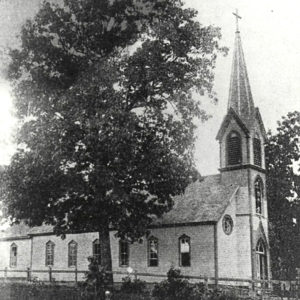 German Catholic Church
German Catholic Church
Time Period: Early Twentieth Century (1901 - 1940) - Starting with G
 German Catholic Church
German Catholic Church
 German Day Parade
German Day Parade
German National Bank
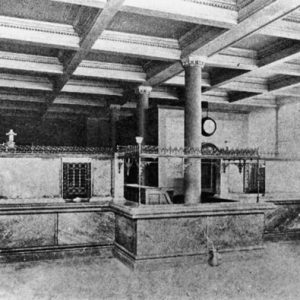 German National Bank
German National Bank
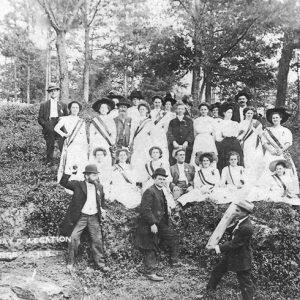 German Day
German Day
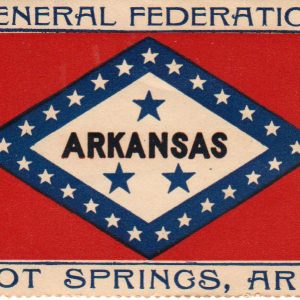 GFWC Sticker
GFWC Sticker
 Giant Watermelon
Giant Watermelon
Gibb, Frank Wooster
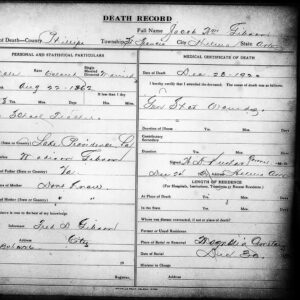 Gibson Death Record
Gibson Death Record
 Gibson Turkey Box
Gibson Turkey Box
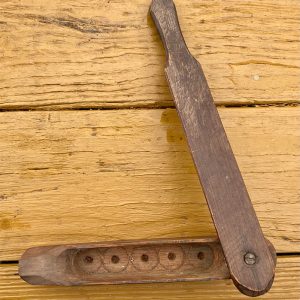 Gibson Turkey Box
Gibson Turkey Box
Gibson, Henry C.
Gibson, J. W. (Murder of)
 Gibson Murder Article
Gibson Murder Article
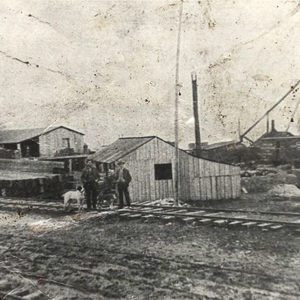 Gibson's Factory
Gibson's Factory
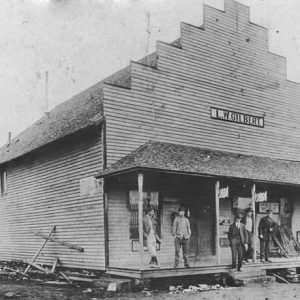 Gilbert Store
Gilbert Store
 Gilbert Store
Gilbert Store
 Gilbert Street Scene
Gilbert Street Scene
 Gilbert Takeover
Gilbert Takeover
Gilbert, Cass
Gilbert, John (Lynching of)
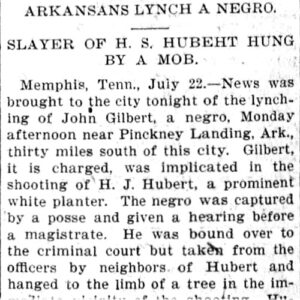 John Gilbert Lynching Story
John Gilbert Lynching Story
Giles, Albert
Gillam Park
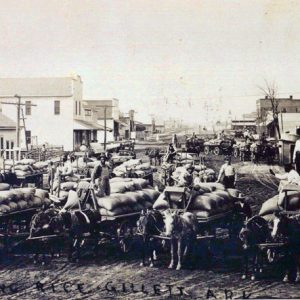 Gillett Rice Harvest
Gillett Rice Harvest
 Gillett Flood
Gillett Flood
Gillham City Jail
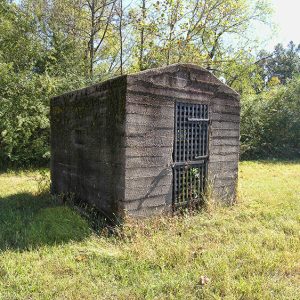 Gillham City Jail
Gillham City Jail
Gillis, Ann
aka: Alma Mabel Conner
 Ann Gillis
Ann Gillis
Gilmore, Felix (Lynching of)
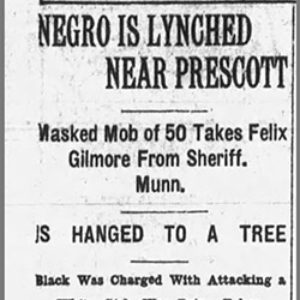 Gilmore Lynching Article
Gilmore Lynching Article
Girls Domestic Science and Arts Building (Arkansas Tech University)
aka: Old Art Building (Arkansas Tech University)
aka: Browning Hall (Arkansas Tech University)
 Girls Dormitory
Girls Dormitory
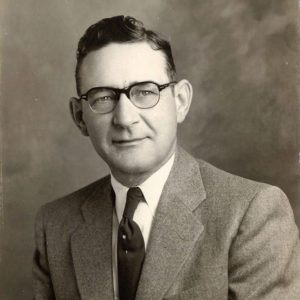 H. V. Glenn
H. V. Glenn
Glenn, Harold Virgil
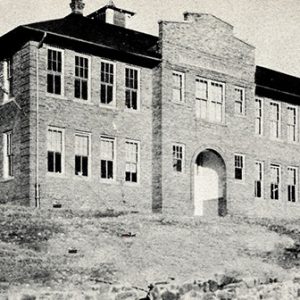 Glenwood High School
Glenwood High School
Glenwood Iron Mountain Railroad Depot
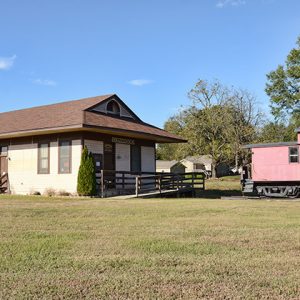 Glenwood Iron Mountain Railroad Depot
Glenwood Iron Mountain Railroad Depot
 Glenwood Main Street
Glenwood Main Street
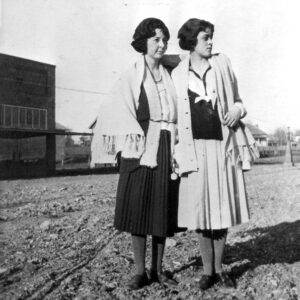 Glenwood Main Street
Glenwood Main Street
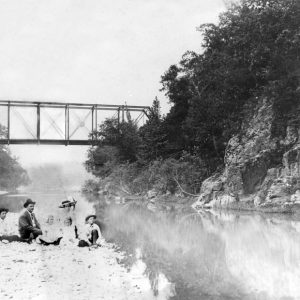 Glenwood Railroad Bridge
Glenwood Railroad Bridge
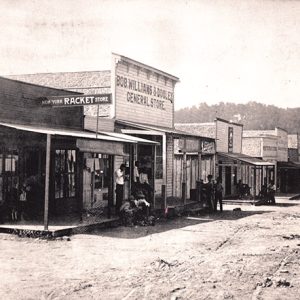 Glenwood Street Scene
Glenwood Street Scene
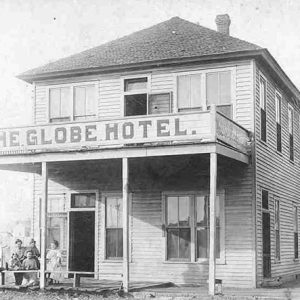 Globe Hotel
Globe Hotel
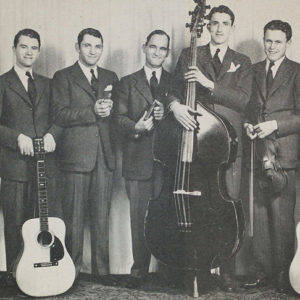 Lonnie Glosson Band
Lonnie Glosson Band
 D. D. Glover and Committee
D. D. Glover and Committee
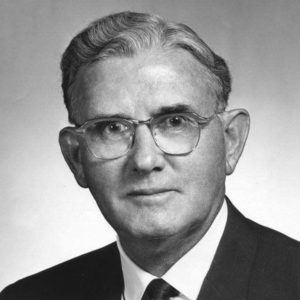 Conrad Glover
Conrad Glover
Glover, D. D.
aka: David Delano Glover
 Goat Castle
Goat Castle




